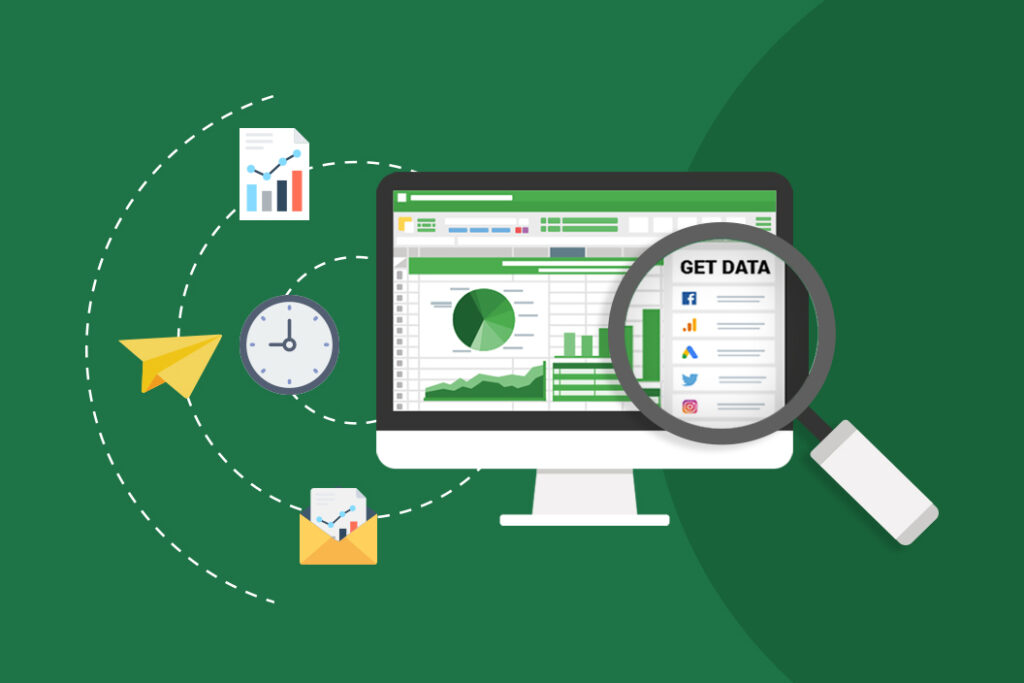Personal Career & Learning Guide for Data Analyst, Data Engineer and Data Scientist
Excel is a powerful tool that data analysts can use to make sense of large amounts of data. One of the most common tasks you can perform in Excel is counting the number of cells that match a specific value, but what if you have more than one value that you want to match? In this article, we’ll explain how to count cells in Excel that are equal to one of many things.
The first step is to create a spreadsheet in Excel that contains the data you want to analyze. This data could be anything from names of employees to product codes, or any other type of data that can be represented in text form. Once you have your data in Excel, you’re ready to start counting cells that match one of many things.
The simplest way to count cells in Excel that match one of many things is to use the “SUM” and “IF” functions together. The “IF” function allows you to specify criteria for a certain value, and the “SUM” function allows you to add up the results of multiple “IF” functions. To use this combination of functions, you need to write a formula that looks like this: “=SUM(IF(A1:A10=”x”,1,0), IF(A1:A10=”y”,1,0), IF(A1:A10=”z”,1,0))”. In this example, the range is the column of data, and the criteria are the values “x”, “y”, and “z”.
Once you have entered the formula, press enter, and Excel will perform the calculation and give you the result. In our example, the result would be the number of cells that match either “x”, “y”, or “z”.
If you have even more values that you want to match, you can add additional “IF” functions to your formula. For example, if you wanted to count the number of cells that match either “x”, “y”, “z”, or “w”, your formula would look like this: “=SUM(IF(A1:A10=”x”,1,0), IF(A1:A10=”y”,1,0), IF(A1:A10=”z”,1,0), IF(A1:A10=”w”,1,0))”.
In conclusion, counting cells in Excel that match one of many things is a simple task that can be accomplished using the “SUM” and “IF” functions. With this knowledge, you’ll be able to quickly and easily count cells that match specific values in your data, and have a better understanding of how Excel can help you analyze your data. Whether you’re a beginner or an experienced data analyst, being able to count cells that match one of many things is an important skill that can help you make the most of your data.
Excel Example for Data Analyst – Count cells equal to one of many things
 Loading...
Loading...
Disclaimer: The information and code presented within this recipe/tutorial is only for educational and coaching purposes for beginners and developers. Anyone can practice and apply the recipe/tutorial presented here, but the reader is taking full responsibility for his/her actions. The author (content curator) of this recipe (code / program) has made every effort to ensure the accuracy of the information was correct at time of publication. The author (content curator) does not assume and hereby disclaims any liability to any party for any loss, damage, or disruption caused by errors or omissions, whether such errors or omissions result from accident, negligence, or any other cause. The information presented here could also be found in public knowledge domains.
